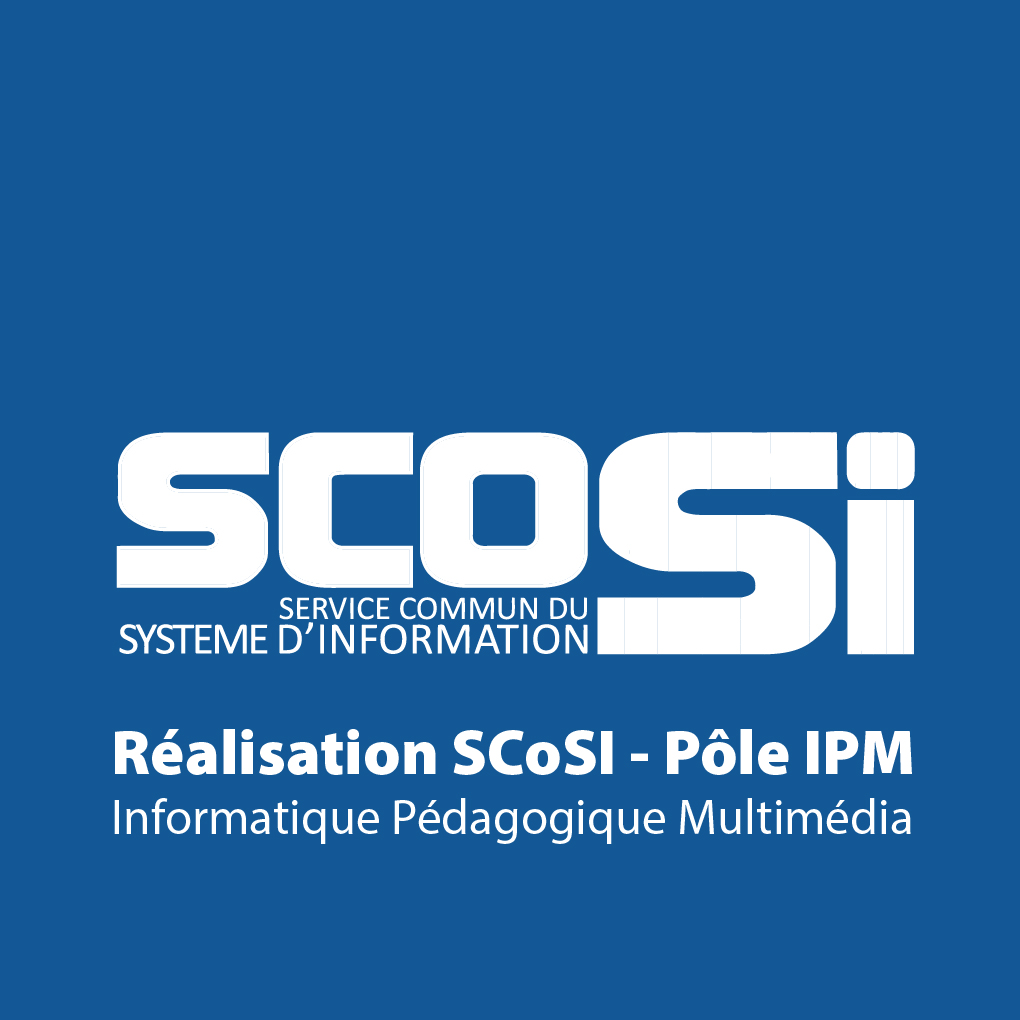Measurement of atmospheric HO2 radicals is important to investigate the tropospheric chemistry during field campaigns or in atmospheric simulation chambers. The current HO2 measurement techniques are all indirect and rely on chemical conversion of HO2 into OH or a species measurable by conventional chemical analytical instruments (LIF or CIMS), which may result in serious interference and artefacts. In addition, these instruments are, for the most part, very expensive and bulky, which limits their deployment on a large scale. In this proposal, we propose to develop a compact and innovative optical instrument for interference-free, in-situ, real time and direct measurement of atmospheric HO2 concentration with high sensitivity and accuracy. This spectrometer relies on an unique combination of Frequency-Stabilized Cavity Ring-Down Spectroscopy (FS-CRDS) with Balanced-Detection Faraday Rotation Spectroscopy (BD-FRS). The expected detection limit would be of ≈10^6 molecules/cm^3 (0.1 pptv @ STP), suitable for HO2 detection in atmospheric simulation chamber and field campaigns. In fact the typical atmospheric concentration of HO2 is of 10^7-10^8 molecule/cm^3.
Our team is composed of experts in the development of FRS (LPCA), FS-CRDS (GSMA) and HO2 detection by cw-CRDS and FAGE (PC2A). We propose to develop such hybrid instrument which will be tested and characterized at each step of development, in terms of sensitivity and accuracy, in lab by means of a calibration cell used for calibration of the PC2A’s FAGE instrument.
The first step (WP2) consists in developing and calibrating the BD-FRS by the LPCA team. The experience of the LPCA team on the development of FRS to detect OH radicals (at 3568.5 cm-1 with LoD above atmospheric OH concentration) is valuable for the development of the present FRS for HO2 detection at 6638.20 cm-1 (the line used by the PC2A using cw-CRDS). The balanced detection scheme (BD) added to the FRS could allow us to eliminate common mode noises like laser intensity fluctuation and interference fringes. The BD-FRS will coupled with a well-designed inlet sampling system to minimize HO2 wall losses, which will significantly improve the measurement sensitivity and accuracy.
In parallel, the GSMA team will develop a prototype of FS-CRDS (WP3). Frequency stabilization of the CRDS will allow for minimization of the frequency drifts of the absolute position of the cavity modes (as well as the mode spacing) due to ambient temperature variations, therefore permitting a fast ON-line measurement mode (measurement on the maximum absorption of the line with an expected integration time of 1-3 seconds). The expected LoD would be of 6×10^7 molecules/cm^3 in 3 s integration time.
In the WP4, the CRDS cavity will be integrated into the magnetic coil of the BD-FRS, leading to a hybridization of BD-FRS-FS-CRDS. The obtained instrument will be insensitive to laser intensity fluctuations, free of interference with diamagnetic molecules (H2O, CO2, CH4, etc…) and differential (therefore, calibration-free for CRDS measurement). Such original combination of two highly sensitive spectroscopic instruments will result in a LoD of about 10^6 molecule/cm^3 in 3 s.
Finally in the WP5 coordinated by the PC2A team, the resulting instrument will be firstly tested and characterized in the CHARME chamber of the LPCA in comparison with the FAGE of the PC2A. After that, the developed instrument will be finally investigated and validated in the EU-SAPHIR chamber (Jülich) under realistic, near-atmosphere conditions.

